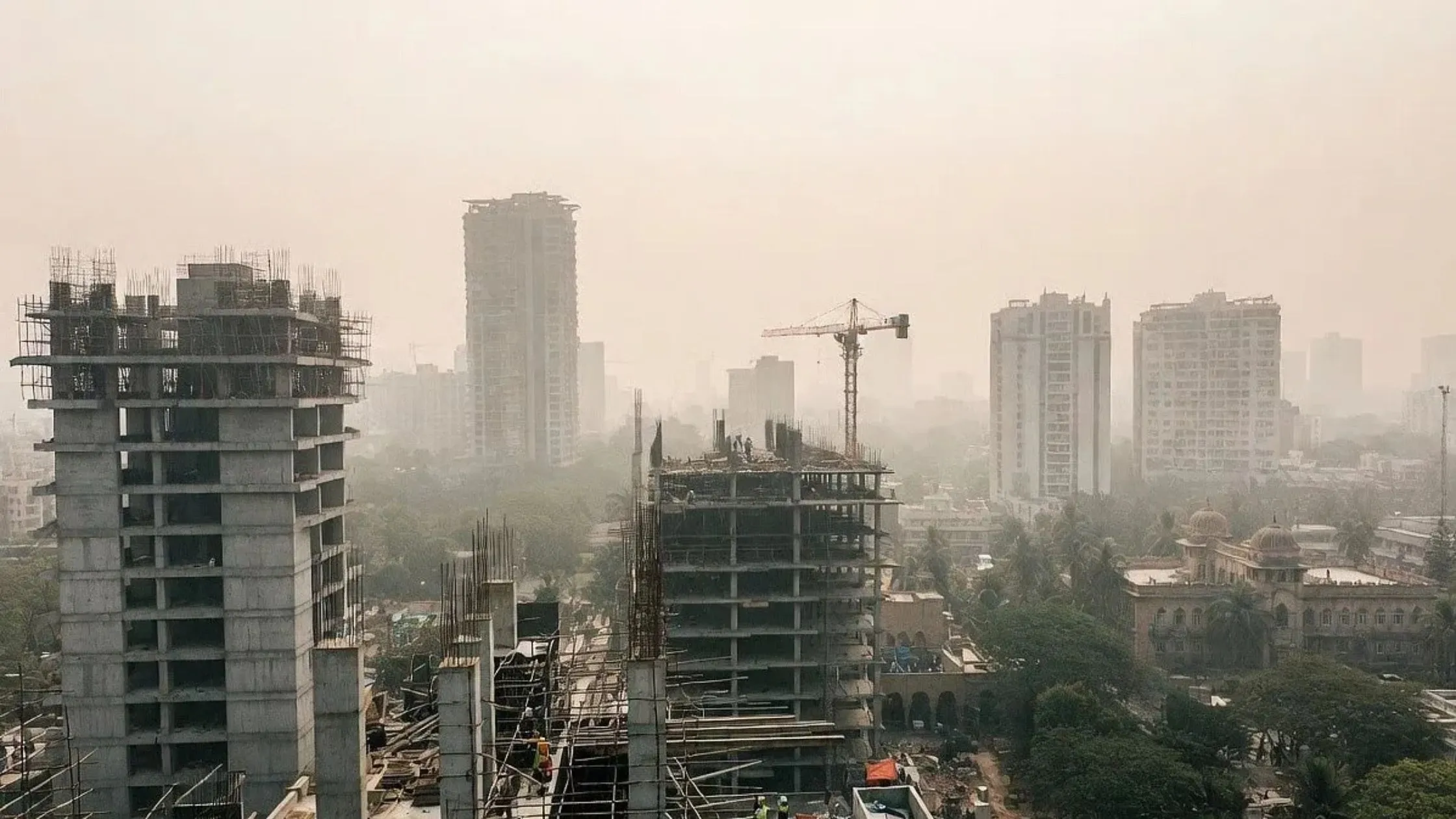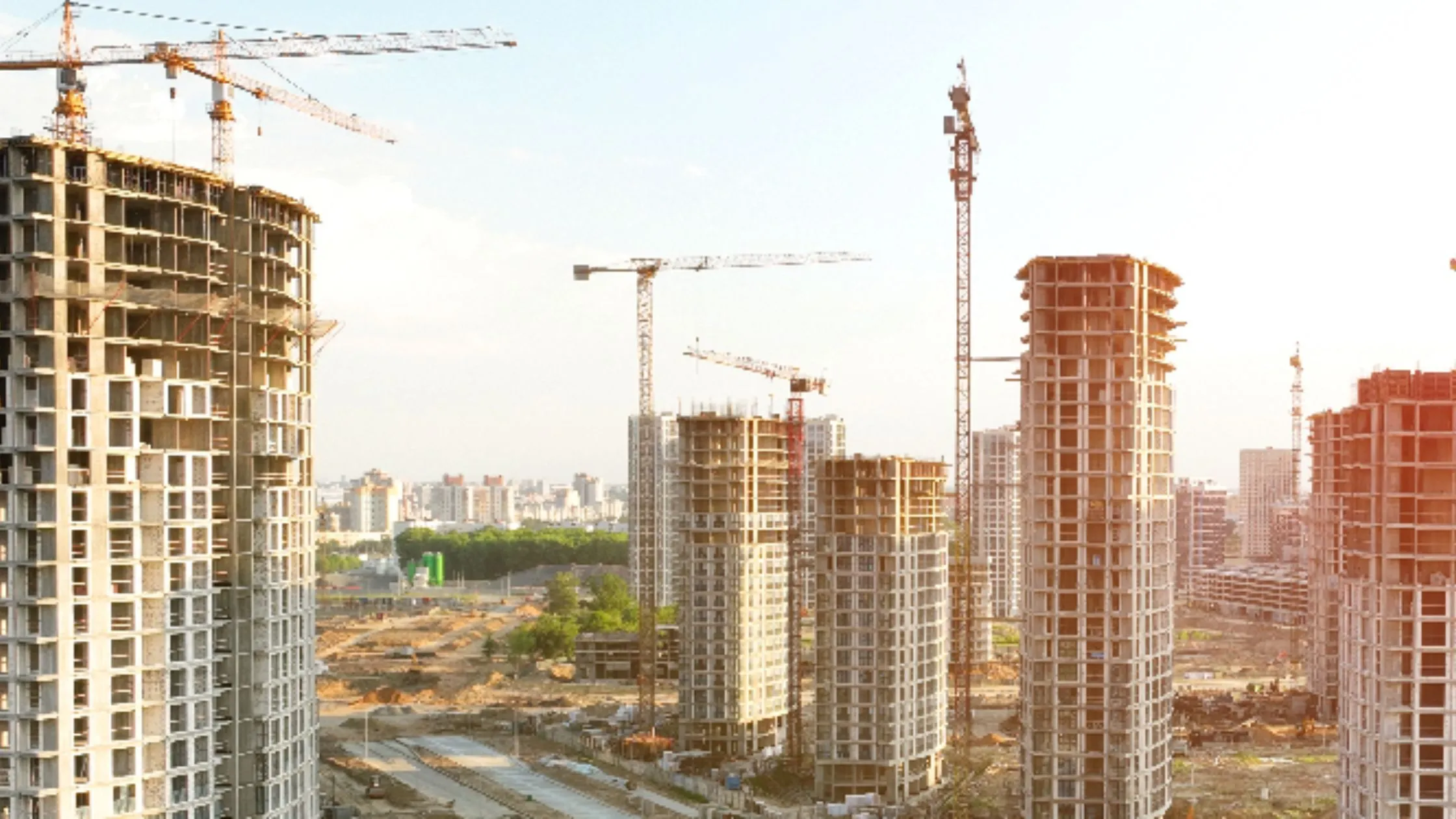Table of Content
The Nagpur-Vijayawada expressway is poised to be one of India’s most transformative infrastructure projects, connecting central India to the eastern coast of Andhra Pradesh. Officially confirmed by Union Minister Nitin Gadkari, this high-speed corridor is designed to significantly enhance connectivity, trade, and economic growth across Maharashtra, Telangana, and Andhra Pradesh. Once operational, the expressway will serve as a strategic link between Nagpur and Andhra Pradesh’s important eastern ports, facilitating faster movement of goods and promoting regional integration.
Nagpur, already a major transport hub, will now be linked by three major corridors: the operational Nagpur-Mumbai Samruddhi Mahamarg, the under-construction Nagpur-Goa Shaktipeeth Expressway, and the upcoming Nagpur-Vijayawada expressway. This development is expected to further strengthen the city’s economic and logistical prominence in India.
Key Facts About the Nagpur-Vijayawada Expressway
- Implementing agency: National Highways Authority of India (NHAI)
- Estimated cost: Rs 14,500 crore
- States covered: Maharashtra, Telangana, Andhra Pradesh
- Length: 405 km
- Status: Under construction
- Expected operational year: 2026–27
- Starting point: Butibori, Nagpur, Maharashtra
- Endpoint: Chilakaluripet, Guntur district, Andhra Pradesh
- Travel time reduction: From 14–15 hours to 7–8 hours
- Speed limit: 100–120 km/h for cars, 90 km/h for passenger buses, 80 km/h for goods vehicles
- Number of lanes: 4 lanes
Also Read: PM Modi Opens Dwarka Expressway & UER-II: Boost for NCR Housing, Commercial, Warehousing
Purpose and Strategic Importance
The Nagpur-Vijayawada expressway is designed to reduce travel time, improve freight efficiency, and lower logistics costs for exporters. Some of its key strategic benefits include:
Direct Access to Eastern Ports
Andhra Pradesh is home to 12 developing ports, providing exporters from Vidarbha and surrounding regions faster and more cost-effective access to international markets. This aligns with Gadkari’s goal of reducing India’s logistics costs to 9% by 2025, which is lower than US and EU averages.
Industrial, Defence, and Tourism Growth
Nagpur is being positioned as a hub for defence manufacturing, attracting major investments under the ‘Make in India’ program. A proposed airstrip at Ambhora in Kuhi tehsil is envisioned as both a regional aviation facility and a tourist attraction, leveraging the scenic confluence of five rivers. Together, these initiatives will boost employment, tourism, and industrial growth in the region.
Route Details of the Nagpur-Vijayawada Expressway
The four-lane expressway will connect key cities and towns across Maharashtra, Telangana, and Andhra Pradesh:
Nagpur → Wardha → Chandrapur → Komaram Bheem Asifabad → Mancherial → Peddapalli → Jayashankar Bhupalpally → Hanumakonda → Warangal → Mahabubabad → Khammam → Krishna (Vijayawada)
As a greenfield project, the Nagpur-Vijayawada expressway is being constructed on an entirely new alignment rather than upgrading existing roads, offering modern infrastructure and access-controlled lanes.
Travel Time and Connectivity Advantages
Currently, travel between Nagpur and Vijayawada takes around 14–15 hours via NH44 and NH65. With the Nagpur-Vijayawada expressway, this will reduce to just 7–8 hours due to shorter routes, higher speed limits, and access-controlled design. This will benefit passenger transport, freight movement, and economic integration across states.
Real Estate Impact
The new expressway is expected to have a substantial impact on real estate along its corridor:
Increased Property Values
Enhanced connectivity and accessibility are likely to drive up land and property prices across cities along the route.
Residential and Commercial Development
Improved infrastructure is expected to create demand for housing and commercial spaces, especially near industrial hubs and expressway access points.
Industrial and Warehousing Growth
Logistics, warehousing, and industrial sectors will benefit from faster transport, attracting more projects along the corridor.
Tourism and Hospitality
Reduced travel time between cities is expected to boost the hospitality sector, increasing demand for hotels, resorts, and recreational facilities.
Affordable Housing
Peripheral areas along the expressway may witness new affordable housing projects catering to commuters and workers in connected cities.
Approximate property prices along the corridor (source: Housing.com):
|
Location |
Average Price (Buying) |
Price Range/Sqft |
Average Rent |
Rent Range |
|
Warangal |
Rs 5,129 per sqft |
Rs 2,869–11,250 |
Rs 6,625 |
Rs 4,500–11,000 |
|
Wardha |
Rs 3,704 per sqft |
Rs 2,247–12,666 |
Rs 13,500 |
Rs 7,000–23,000 |
|
Chandrapur |
Rs 3,496 per sqft |
Rs 1,263–11,058 |
Rs 11,090 |
Rs 3,000–21,000 |
|
Mancherial |
Rs 5,180 per sqft |
Rs 1,750–13,333 |
Rs 33,166 |
Rs 5,000–85,000 |
|
Peddapalli |
Rs 4,186 per sqft |
Rs 3,393–4,979 |
Rs 20,000 |
Rs 10,000–30,000 |
Also Read: Top 10 Longest Expressways in India in 2025 – Connecting India’s Future
Project Cost and Toll Information
The total cost of the Nagpur-Vijayawada expressway is estimated at Rs 14,500 crore. While toll rates have not yet been officially announced, they are expected to reflect vehicle type, travel distance, and infrastructure complexity. The National Highways Authority of India (NHAI) will ensure a transparent toll structure for commuters and freight operators.
Previous Routes vs. Expressway
Before the construction of the Nagpur-Vijayawada expressway, travelers relied on existing highways like NH44 and NH65. These routes were longer and less efficient, increasing travel time and logistics costs. The new greenfield expressway promises a shorter, high-speed, access-controlled corridor, offering unmatched efficiency for both freight and passenger movement.
Conclusion
The Nagpur-Vijayawada expressway is a landmark infrastructure project set to redefine connectivity and economic growth across central and eastern India. By cutting travel time from 14–15 hours to just 7–8 hours, the expressway will enable faster movement of goods, reduce logistics costs, and open direct access to eastern ports.
Beyond transportation, it will stimulate industrial development, boost tourism, encourage residential and commercial growth, and strengthen Nagpur’s position as a key economic and logistics hub. With an estimated cost of Rs 14,500 crore and a targeted completion by 2026–27, the Nagpur-Vijayawada expressway is set to become a vital link in India’s modern infrastructure landscape, driving regional development and real estate growth along its corridor.




_1766473246.webp)

